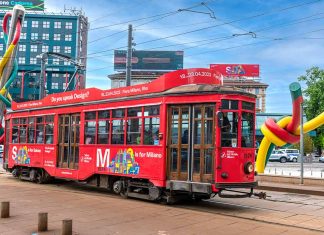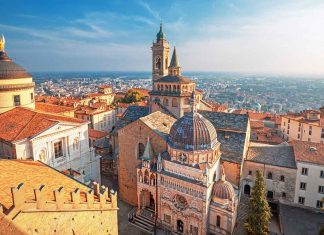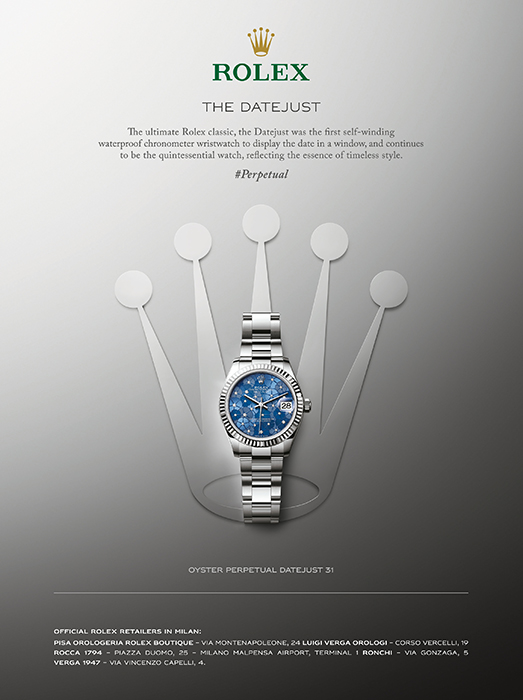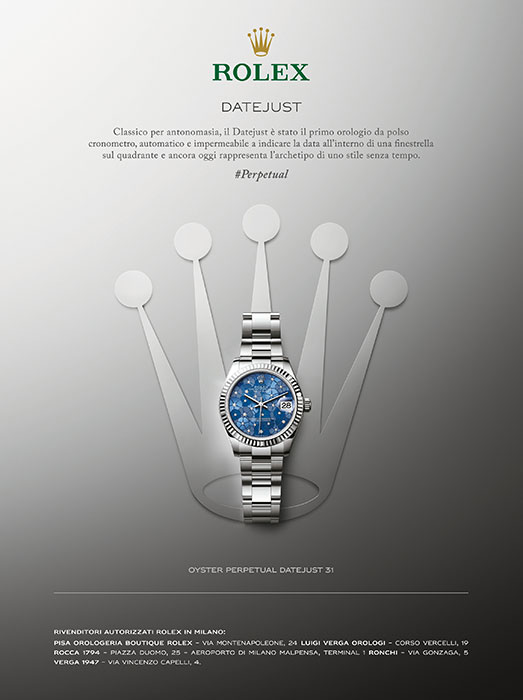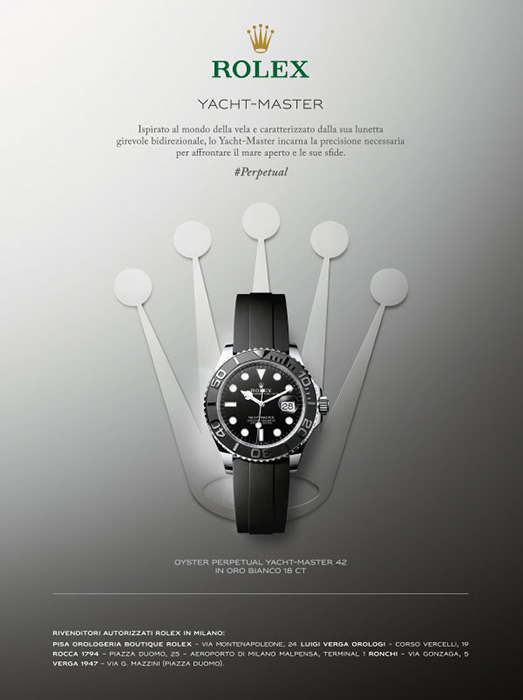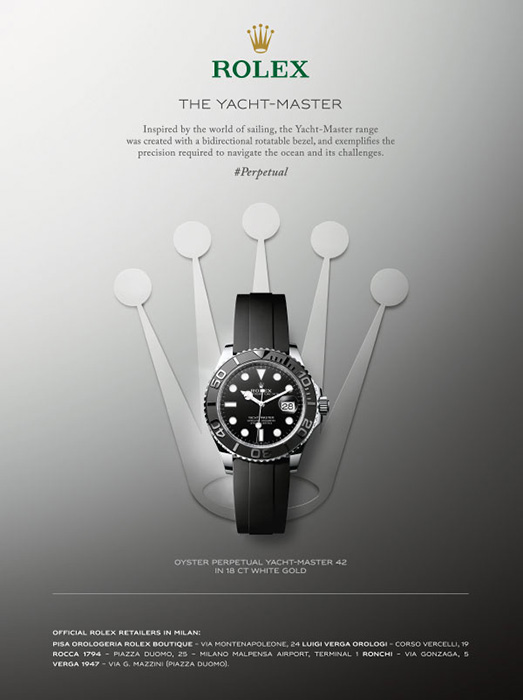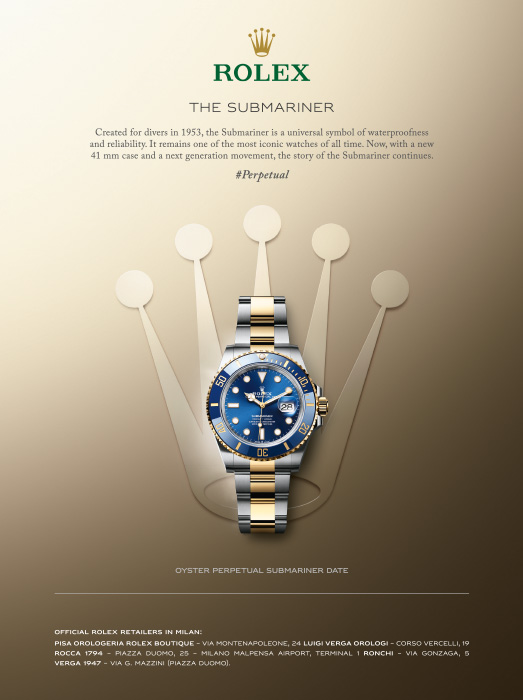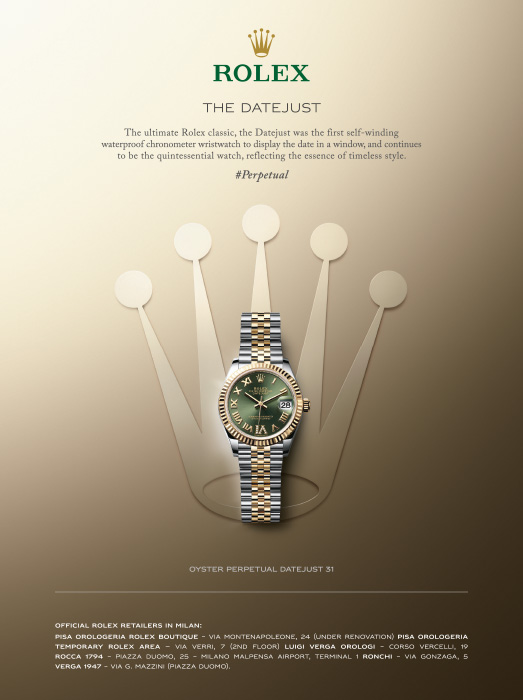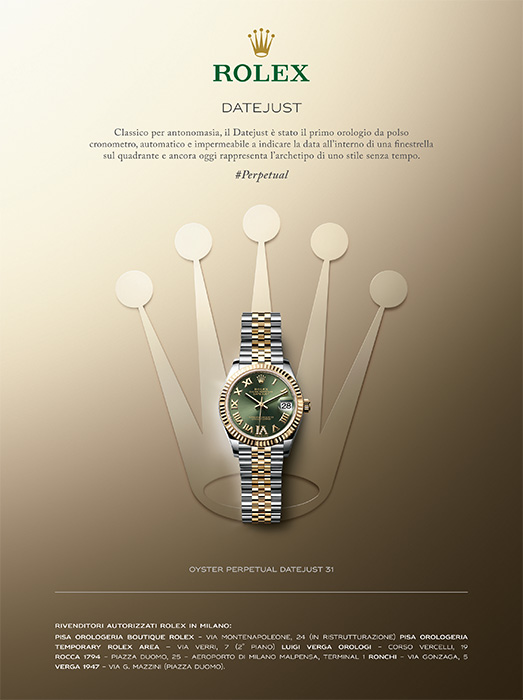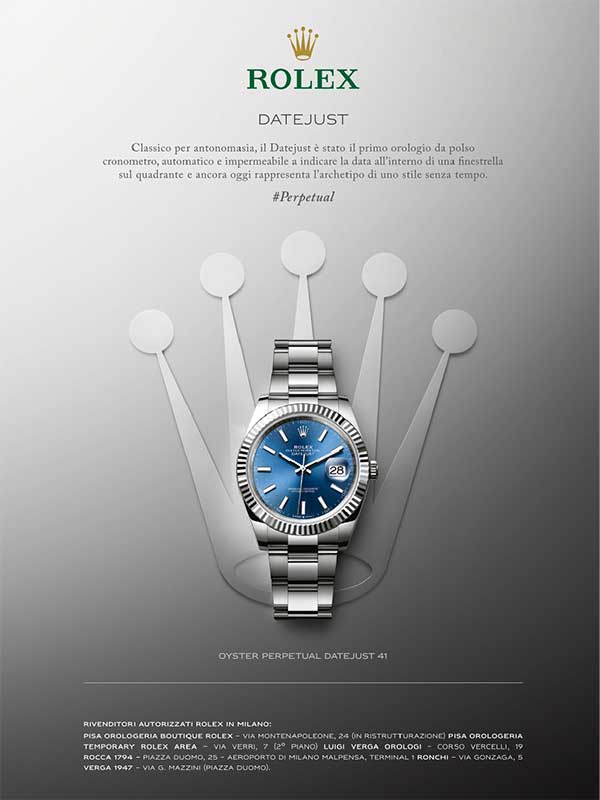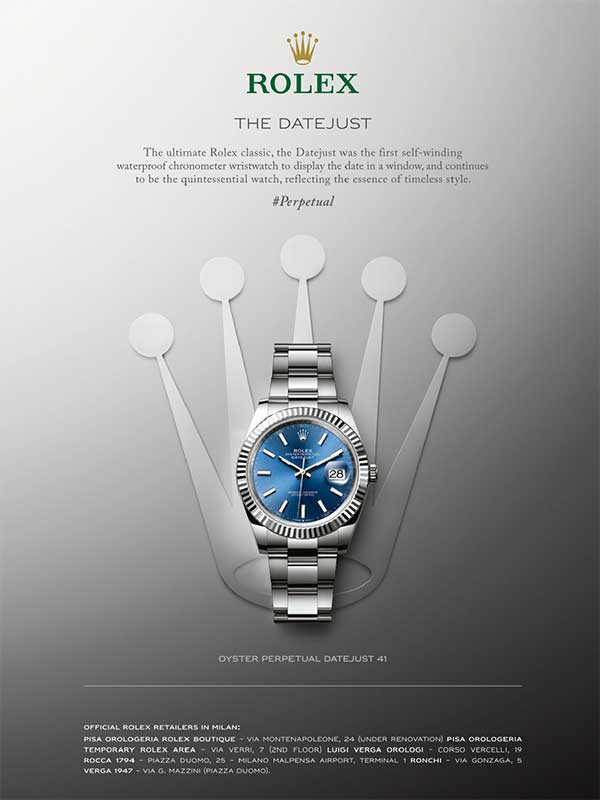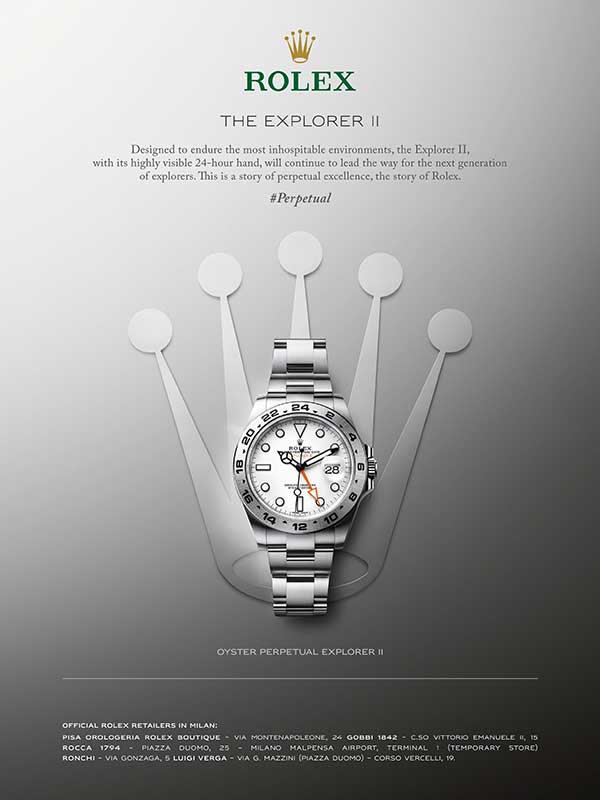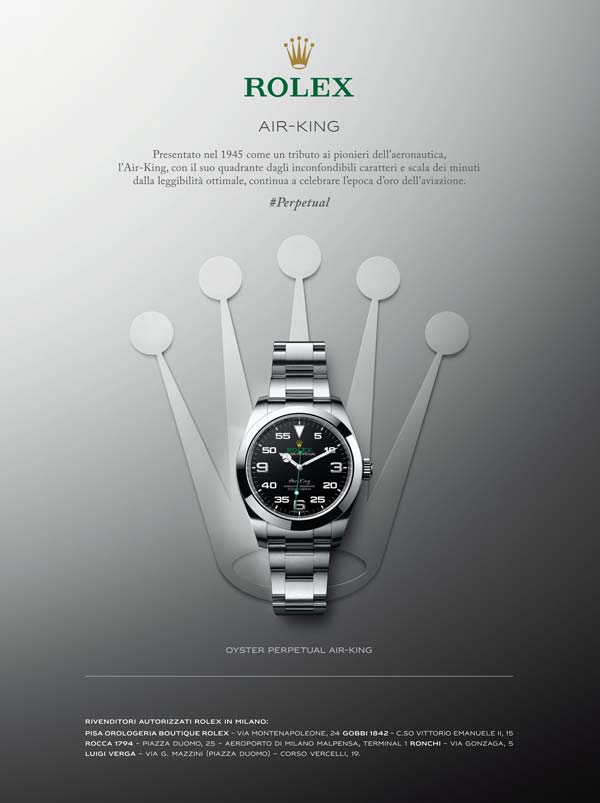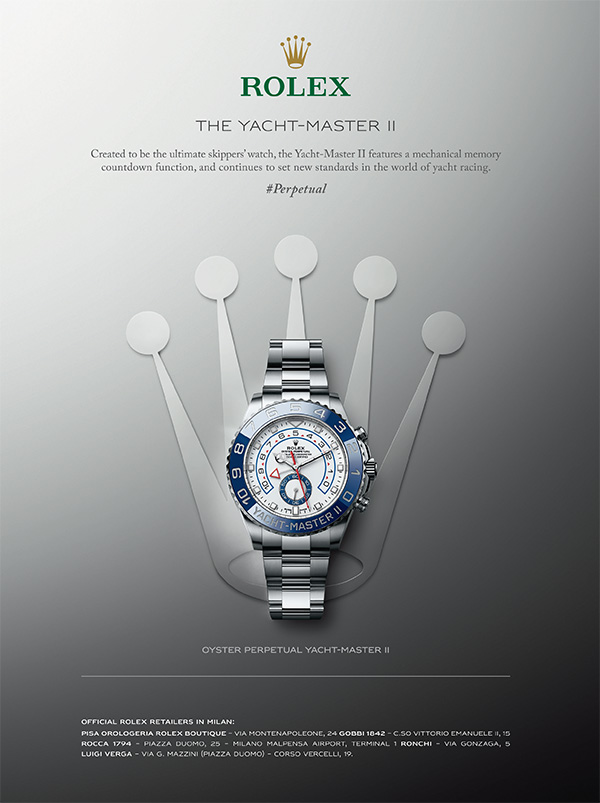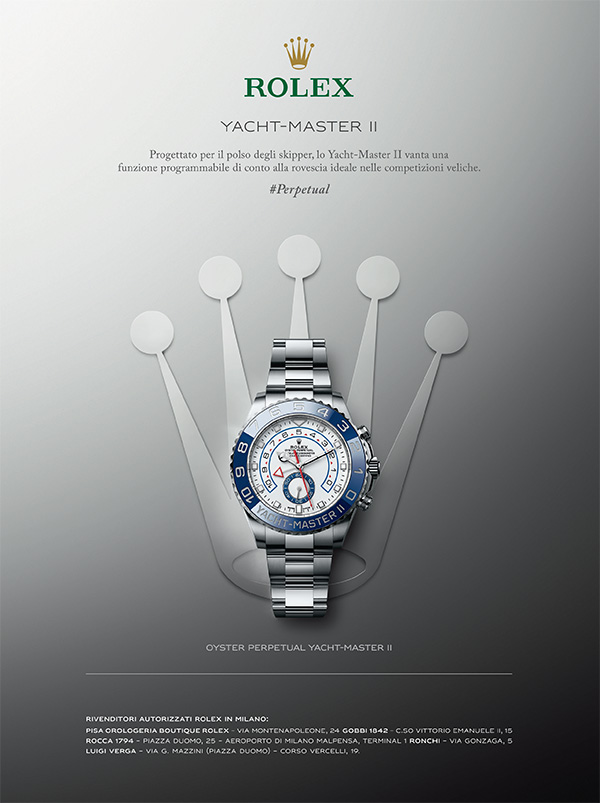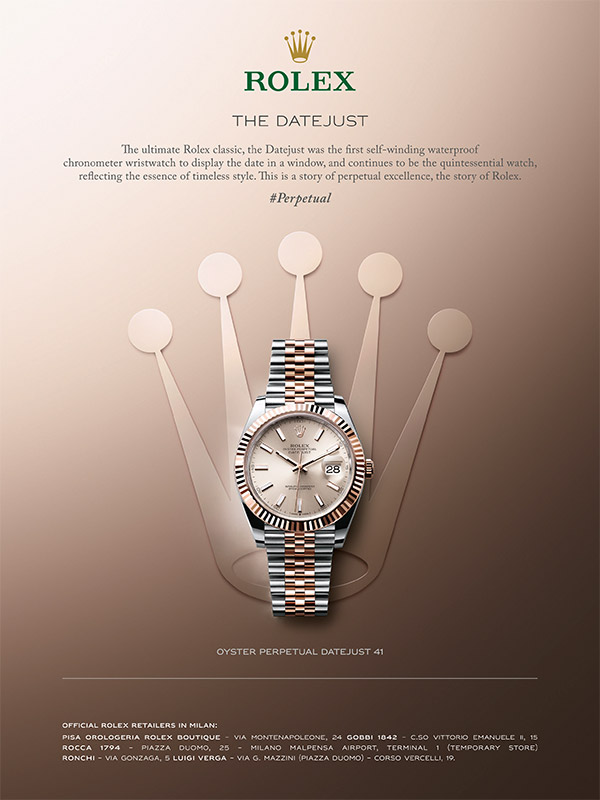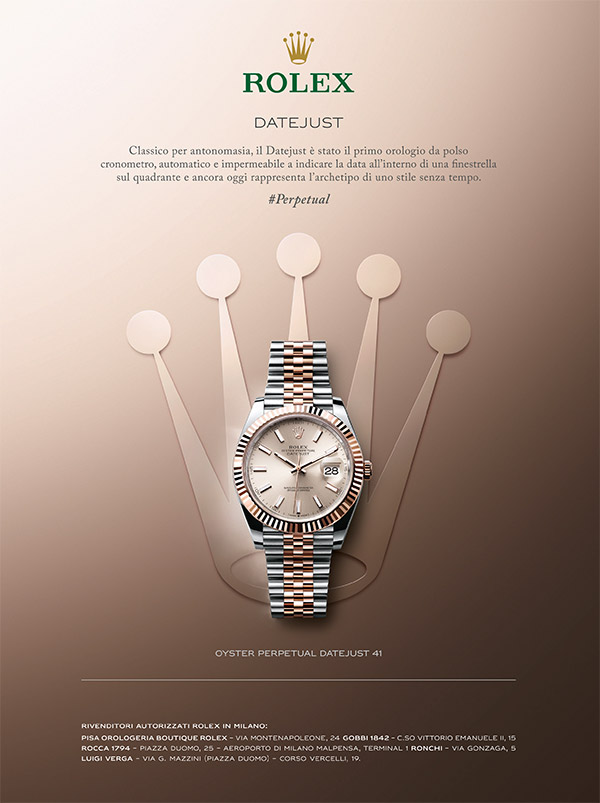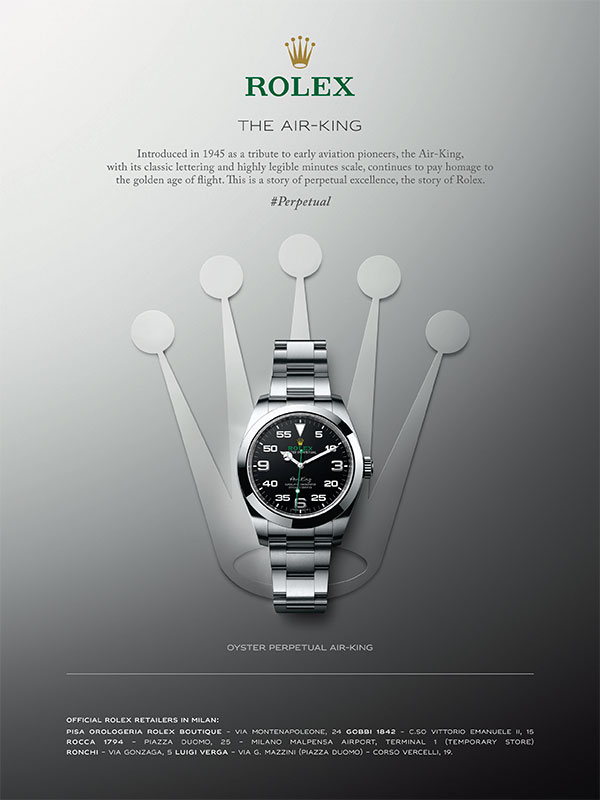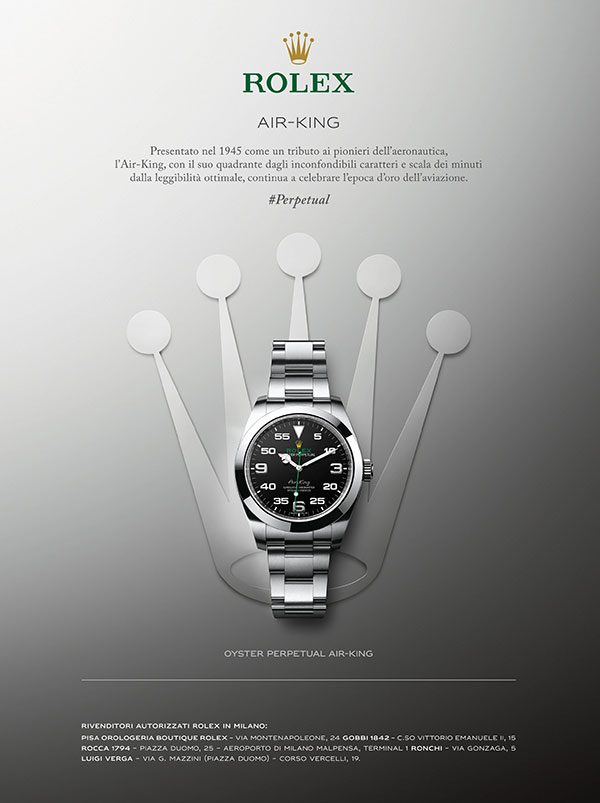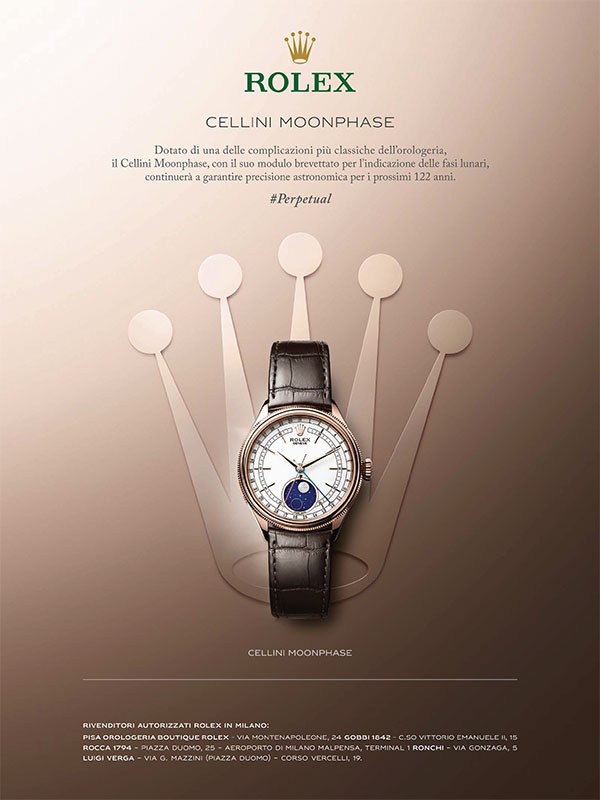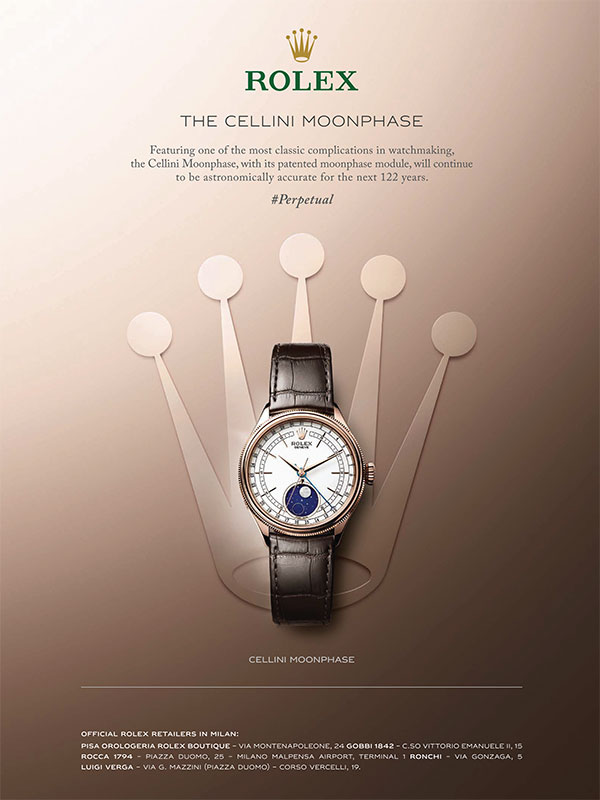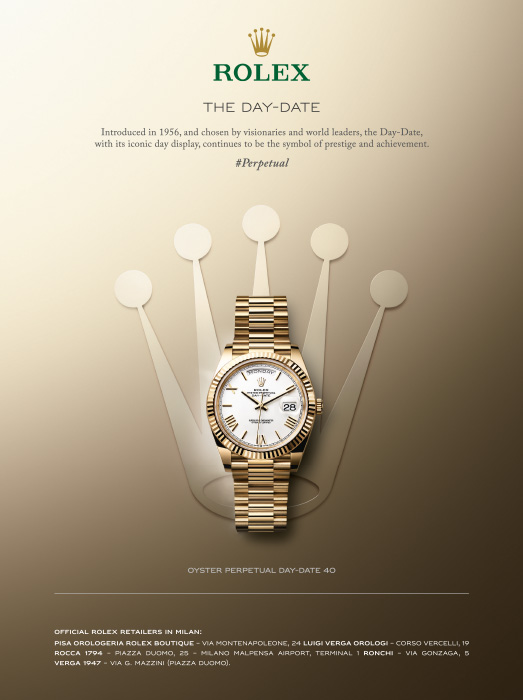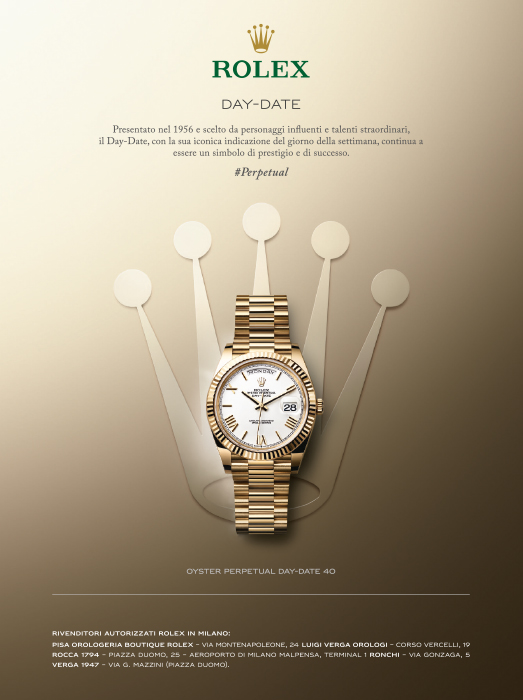The Lombardy region is one of the richest in attractions in Italy. The area, between Switzerland and Emilia-Romagna, Veneto and Piedmont, offers countless destinations for day trips from Milan.
In addition to Milan, there are 11 main cities that preserve traces of centuries of art and culture – Bergamo, Brescia, Como, Cremona, Lecco, Mantua, Monza and Brianza, Pavia, Sondrio and Varese – and hundreds of smaller villages with art, history and traditions. But Lombardy also has some unmissable natural beauty, such as the vast Po Valley, the parks and the Pre-Alps with the five largest lakes: Garda, Maggiore, Como, Iseo, Lugano and Ceresio.
With its 10 Unesco Sites, as well as 3 intangible heritages including the lutherie art of Cremona, Lombardy is the Italian region with the largest number of such sites: Valle Camonica’s Rock Art, Santa Maria delle Grazie and the Cenacolo Vinciano, the Workers’ Village of Crespi d’Adda, the Sacred Mountains of Piedmont and Lombardy, the Rhaetian Railway between Tirano and Saint Moritz, Mantua and Sabbioneta, Monte San Giorgio, the prehistoric pile-dwelling sites in the Alps, the Lombard monuments and the city walls of Bergamo.
For those who love panoramic places, a trip to Monte Isola is a must, with its breathtaking view of Lake Iseo; to the Sacro Monte of Varese with a view over the plain from the Alps to the Apennines; the Brunate cable car with an absolute view of Lake Como; the ascent to the Torrazzo of Cremona, the highest masonry tower in Europe; the Terrazza del Brivido in Tremosine overlooking Lake Garda at a height of 350 metres.
>> Taking a train trip to Lombardy’s cities of art is the ideal way to rediscover, in a comfortable and sustainable way, the beauty of our region’s towns, visiting exhibitions, museums and monuments. www.trenord.it/giteintreno/citta-darte
11 MAIN CITIES AND ONE CAPITAL OF CULTURE 2023
 The symbol of Milan, the city of design, fashion and business, is the Duomo, close to which are the 18th-century Teatro alla Scala and the Galleria Vittorio Emanuele II: these are the three most visited landmarks in the city. Not to be missed are the Sforza Castle, the Basilica of Sant’Ambrogio, the complex that houses the Church of Santa Maria delle Grazie and the Cenacolo Vinciano.
The symbol of Milan, the city of design, fashion and business, is the Duomo, close to which are the 18th-century Teatro alla Scala and the Galleria Vittorio Emanuele II: these are the three most visited landmarks in the city. Not to be missed are the Sforza Castle, the Basilica of Sant’Ambrogio, the complex that houses the Church of Santa Maria delle Grazie and the Cenacolo Vinciano.
 Como (50 km from Milan) is the city of water, light and silk, rich in history and culture. The Volta Temple is a small Pantheon on the banks of the Lario, built in memory of the physicist Alessandro Volta. Strolling within the medieval walls, among alleyways and old shops, the late Gothic Cathedral and the imposing Broletto from 1215 stand out. A dynamic and entrepreneurial town.
Como (50 km from Milan) is the city of water, light and silk, rich in history and culture. The Volta Temple is a small Pantheon on the banks of the Lario, built in memory of the physicist Alessandro Volta. Strolling within the medieval walls, among alleyways and old shops, the late Gothic Cathedral and the imposing Broletto from 1215 stand out. A dynamic and entrepreneurial town.
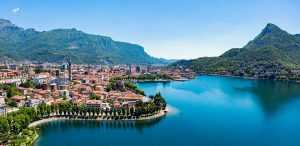 In a natural setting of rare beauty lies the city of Lecco (55 km from Milan), where Alessandro Manzoni set his masterpiece “I Promessi Sposi” (The Betrothed), and where there are monuments in baroque and neoclassical style. The Lecco branch of Lake Como is characterised by the S. Martino and Barro mountains, the Resegone and the Grigne. Lecco is the starting point for fantastic trips around the lake, to discover historical villas and sumptuous palaces.
In a natural setting of rare beauty lies the city of Lecco (55 km from Milan), where Alessandro Manzoni set his masterpiece “I Promessi Sposi” (The Betrothed), and where there are monuments in baroque and neoclassical style. The Lecco branch of Lake Como is characterised by the S. Martino and Barro mountains, the Resegone and the Grigne. Lecco is the starting point for fantastic trips around the lake, to discover historical villas and sumptuous palaces.
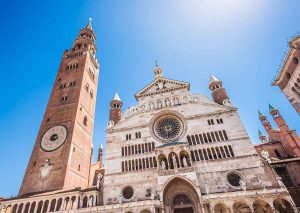 Known throughout the world as the “City of Art and Music”, Cremona (76 km from Milan) is the cradle of the violin, as it is home to the Violin Museum. In the medieval Piazza del Comune you will find the Cathedral, the Torrazzo, the highest in Italy at 121 m, the Baptistery, the Gothic Loggia dei Militi and the Palazzo del Comune. Don’t miss a visit to the magnificent Ponchielli Theatre, home to important musical and theatrical seasons.
Known throughout the world as the “City of Art and Music”, Cremona (76 km from Milan) is the cradle of the violin, as it is home to the Violin Museum. In the medieval Piazza del Comune you will find the Cathedral, the Torrazzo, the highest in Italy at 121 m, the Baptistery, the Gothic Loggia dei Militi and the Palazzo del Comune. Don’t miss a visit to the magnificent Ponchielli Theatre, home to important musical and theatrical seasons.
 Two cities within a city, Bergamo (“Alta” and “Bassa”, 50 km from Milan) is linked by two funicular railways. Five kilometres of walls surround domes, towers and palaces, including the Accademia Carrara, the Piazza Vecchia, with its Civic Tower and the Palazzo del Podestà, the “perfect” square also loved by the architect Le Corbusier. Bergamo is also the birthplace of the composer Gaetano Donizetti, to whom the city dedicates a major opera festival every year.
Two cities within a city, Bergamo (“Alta” and “Bassa”, 50 km from Milan) is linked by two funicular railways. Five kilometres of walls surround domes, towers and palaces, including the Accademia Carrara, the Piazza Vecchia, with its Civic Tower and the Palazzo del Podestà, the “perfect” square also loved by the architect Le Corbusier. Bergamo is also the birthplace of the composer Gaetano Donizetti, to whom the city dedicates a major opera festival every year.
 Brescia (95 km from Milan) presents itself in its Renaissance guise with its marvellous salon squares, an embattled castle, two cathedrals, a theatre created as a tribute to Napoleon Bonaparte and the Museum of Santa Giulia, a Unesco World Heritage Site. The famous 1000 Miglia race has been held here every year since 1927, and in September the world’s best-loved Opera Festival takes place here, transforming the entire city into a magical open-air theatre.
Brescia (95 km from Milan) presents itself in its Renaissance guise with its marvellous salon squares, an embattled castle, two cathedrals, a theatre created as a tribute to Napoleon Bonaparte and the Museum of Santa Giulia, a Unesco World Heritage Site. The famous 1000 Miglia race has been held here every year since 1927, and in September the world’s best-loved Opera Festival takes place here, transforming the entire city into a magical open-air theatre.
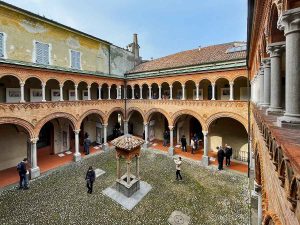 Lodi (38 km from Milan) is a small Lombard town in the lower Po Valley, rich in art and history with many green areas. Places to visit include the neoclassical Palazzo Broletto, the 15th-century Palazzo Vistarini, the Basilica della Vergine Assunta, a Romanesque cathedral, and the Tempio Civico dell’Incoronata, a masterpiece of the Lombard Renaissance in the style of Bramante.
Lodi (38 km from Milan) is a small Lombard town in the lower Po Valley, rich in art and history with many green areas. Places to visit include the neoclassical Palazzo Broletto, the 15th-century Palazzo Vistarini, the Basilica della Vergine Assunta, a Romanesque cathedral, and the Tempio Civico dell’Incoronata, a masterpiece of the Lombard Renaissance in the style of Bramante.
 Mantua (185 km from Milan), the tranquil and elegant city of the Gonzagas, is surrounded on three sides by water from which you can enjoy a fascinating city skyline. Sung about for its beauty by famous writers such as Virgil, Baudelaire and Dickens, the city is told through its many monuments, including the Rotonda di San Lorenzo, Palazzo Te, Palazzo Ducale and the Duomo.
Mantua (185 km from Milan), the tranquil and elegant city of the Gonzagas, is surrounded on three sides by water from which you can enjoy a fascinating city skyline. Sung about for its beauty by famous writers such as Virgil, Baudelaire and Dickens, the city is told through its many monuments, including the Rotonda di San Lorenzo, Palazzo Te, Palazzo Ducale and the Duomo.
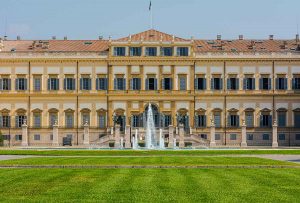 Over the course of history, the Romans, the Lombards and the Habsburg and Napoleonic dominations have passed through Monza (18 km from Milan), leaving precious legacies such as the Villa Reale, a sumptuous neoclassical palace with its famous park around it, of enormous historical, natural and artistic value, one of the largest in Europe. Every year Monza is ready to host the Formula 1 Grand Prix in September.
Over the course of history, the Romans, the Lombards and the Habsburg and Napoleonic dominations have passed through Monza (18 km from Milan), leaving precious legacies such as the Villa Reale, a sumptuous neoclassical palace with its famous park around it, of enormous historical, natural and artistic value, one of the largest in Europe. Every year Monza is ready to host the Formula 1 Grand Prix in September.
 Pavia (45 km from Milan), in the heart of the Lombardy plain, is home to one of the oldest universities in the world. Rich in art and nature, it preserves evidence of its culture in the Castello Visconteo. Of considerable historical and religious interest are San Pietro in Ciel d’Oro, where the remains of Saint Augustine are kept, and the Basilicas of San Teodoro and San Michele Maggiore. Don’t miss a walk on the romantic Ponte Vecchio, which connects the historical centre with the picturesque Borgo Ticino district.
Pavia (45 km from Milan), in the heart of the Lombardy plain, is home to one of the oldest universities in the world. Rich in art and nature, it preserves evidence of its culture in the Castello Visconteo. Of considerable historical and religious interest are San Pietro in Ciel d’Oro, where the remains of Saint Augustine are kept, and the Basilicas of San Teodoro and San Michele Maggiore. Don’t miss a walk on the romantic Ponte Vecchio, which connects the historical centre with the picturesque Borgo Ticino district.
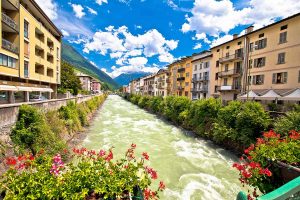 Sondrio (135 km from Milan) is a town of Lombard origin in the heart of the Valtellina. The historical centre is characterised by stone houses and houses with wooden galleries typical of the most beautiful mountain towns. The precious architecture of the Torre Ligariana and the historic buildings is remarkable. A stop at a crotto or a typical restaurant is a must in the area to savour the typical cuisine based on pizzoccheri and Sassella or Inferno wine.
Sondrio (135 km from Milan) is a town of Lombard origin in the heart of the Valtellina. The historical centre is characterised by stone houses and houses with wooden galleries typical of the most beautiful mountain towns. The precious architecture of the Torre Ligariana and the historic buildings is remarkable. A stop at a crotto or a typical restaurant is a must in the area to savour the typical cuisine based on pizzoccheri and Sassella or Inferno wine.
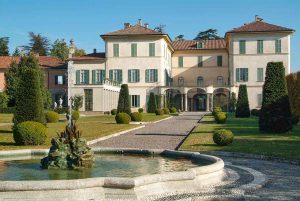 Varese (58 km from Milan), also known as a “garden city”, enjoys a wealth of landscape, architecture and art that have been appreciated since the last century, when the city became a holiday destination with its prestigious Art Nouveau villas and hotels. An unmissable destination for contemporary art lovers is the 18th-century Villa Panza with its unique collection.
Varese (58 km from Milan), also known as a “garden city”, enjoys a wealth of landscape, architecture and art that have been appreciated since the last century, when the city became a holiday destination with its prestigious Art Nouveau villas and hotels. An unmissable destination for contemporary art lovers is the 18th-century Villa Panza with its unique collection.
>> The “Bergamo Brescia Italian Capital of Culture 2023” project is a sign of hope, pride and relaunch in the name of beauty, after the dramatic experience of the pandemic. A rebirth through culture, as a central element for civilisation. For all information and to stay up-to-date on the events scheduled for this year browse the official website.

